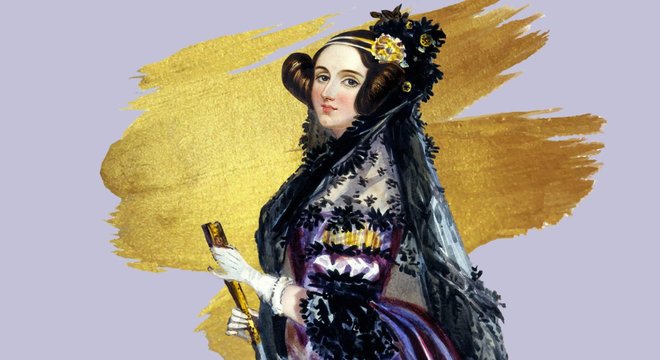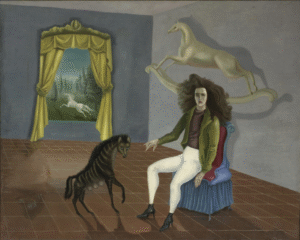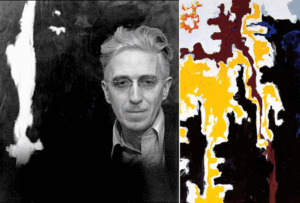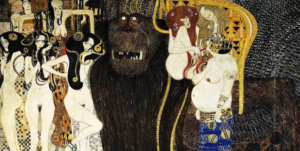Ada Lovelace on the Nature of the Imagination and Its Three Core Faculties – In her writing of 1843, the first paper on Computer Science and algorithm, intended to be carried out by a machine, and changing the course of the world of technology we live in today.
“What is Imagination? We talk much of Imagination. We talk of Imagination of Poets, the Imagination of Artists…”
“It seizes points in common, between subjects having no very apparent connexion, & hence seldom or never brought into juxtaposition,” she wrote. She points to Mathematical Science – the language of the unseen relations between things – as a supreme manifestation of imaginative faculties.
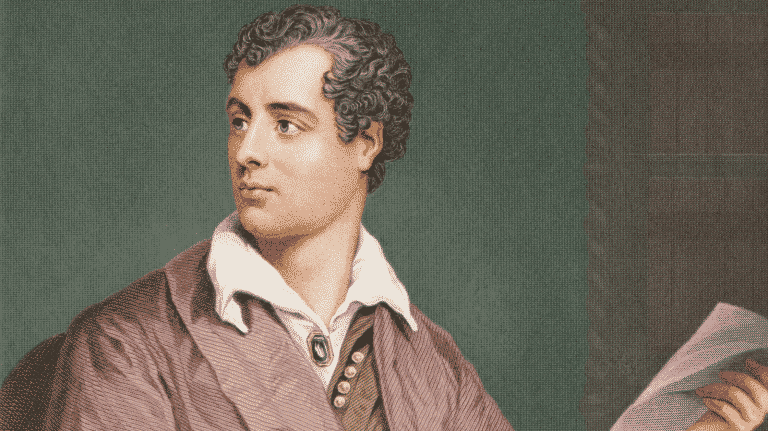
In Pursuit of Imagination and Mathematics
Born as August Ada King, Countess of Lovelace, AKA, Ada Lovelace (December 10, 1815 – November 27, 1852), a writer and mathematician, is commonly considered the world’s first computer programmer for her collaboration with Charles Babbage on the first computer.
When Ada Lovelace was just 12 years old, she wrote and illustrated “Flyology,” a record of her findings on birds and every material she examined that had the potential of being made into wings. The motivation for this research? Ada wanted to fly.
Ada Lovelace was the only legitimate child of the romantic poet George Gordon, Lord Byron. And it was evident that Ada Lovelace, despite being raised by her mother, Annabella Byron, and having no relationship with her father whatsoever, had inherited Lord Byron’s imagination and creativity. Her mother did her best to suppress these tendencies through an unusual upbringing and rigorous studies in math, science, languages, and logic and subjected Ada to unconventional practices relentlessly.
However, despite her mother’s interference and her father’s absence in her life, she still inherited his heart. And she believed that the only way to effectively apply mathematical and scientific concepts was to integrate them with imagination and intuition.
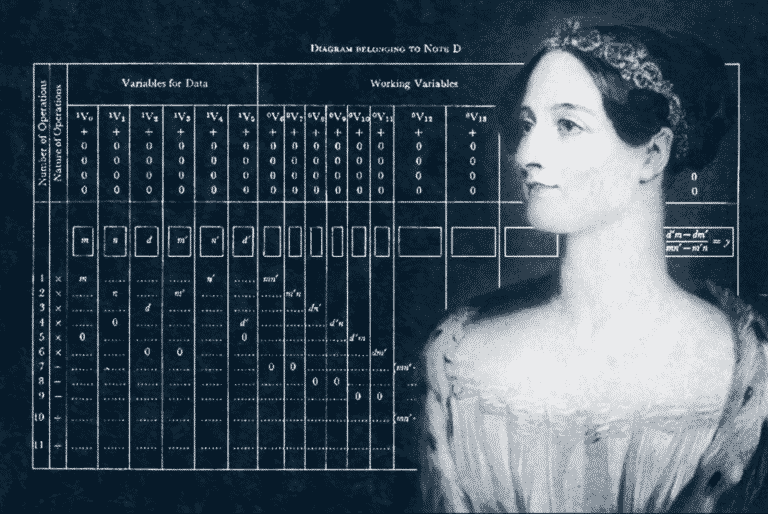
A Female Genius
Ada’s fascination over her father Lord Byron stayed with her her entire life, and when she died of uterine cancer in 1852, she was buried next to her father’s grave as she had requested. Curiously enough, she was the same age as her father when he died – 36.
As a teenager, she was already mingling with scientists such as Andrew Crosse and Sir David Brewster and author Charles Dickens. And by the age of 17, Ada become friends with Charles Babbage, the man who would become known as the “father of the computer.”
Her most recognized contribution to computer science are the extensive notes and improvements that she made on a paper written by Italian military engineer, Luigi Menabrea, on Charles Babbage’s “Analytical Engine.” She not only interpreted it but added her own notes that tripled the memoir’s original length. A section in her elaborate notes would one day be considered as the first published algorithm and the first computer program ever.
However, her program was never tested, and it would be more than a century after her death that Lovelace’s notes on Babbage’s “Analytical Engine” that the notes were re-published. Today, the Babbage’s engine is recognized as the early model for a computer. Her notes described in great detail how Babbage’s machine would work.
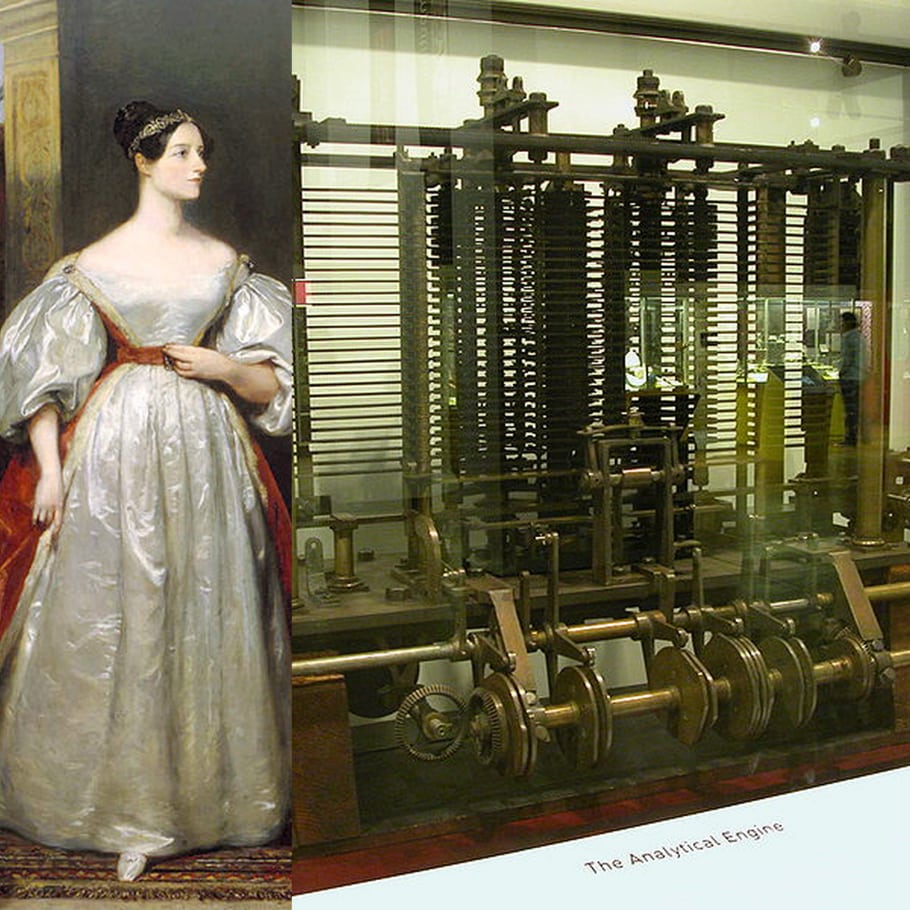
Poetical Science for the Analytical Engine
While there’s been some controversy about the extent of Ada Lovelace’s contributions to computer science and whether her notes helped advance the engine’s design or theory in any way, it’s undeniable that Lovelace has left a legacy in the field of computer science.
In fact, she is celebrated every year on Ada Lovelace Day, an event that aims to “raise the profile of women in science, technology, engineering, and maths,” and to “create new role models for girls and women” in these fields. And a computer language was even named after her – Ada.
It was Ada’s “poetical science” perspective that allowed her to bring a sense of romance and imagination to the all too rational nature of science and mathematics. While everyone saw Babbage’s machine work as purely technical, Lovelace saw potential to be more elastic.
“The science of operations, as derived from mathematics more especially, is a science of itself, and has its own abstract truth and value.” said– Ada Lovelace. She continued to express the poetics of Babbage’s machine in her note: “ A new, a vast and a powerful language is developed for the future user of analysis, in which to weird its truths so that these may become of more speedy and accurate practical application for the purposes of mankind than the means hitherto in our possession have rendered possible…” undoubtedly foretelling the true potential of the future computer era.

